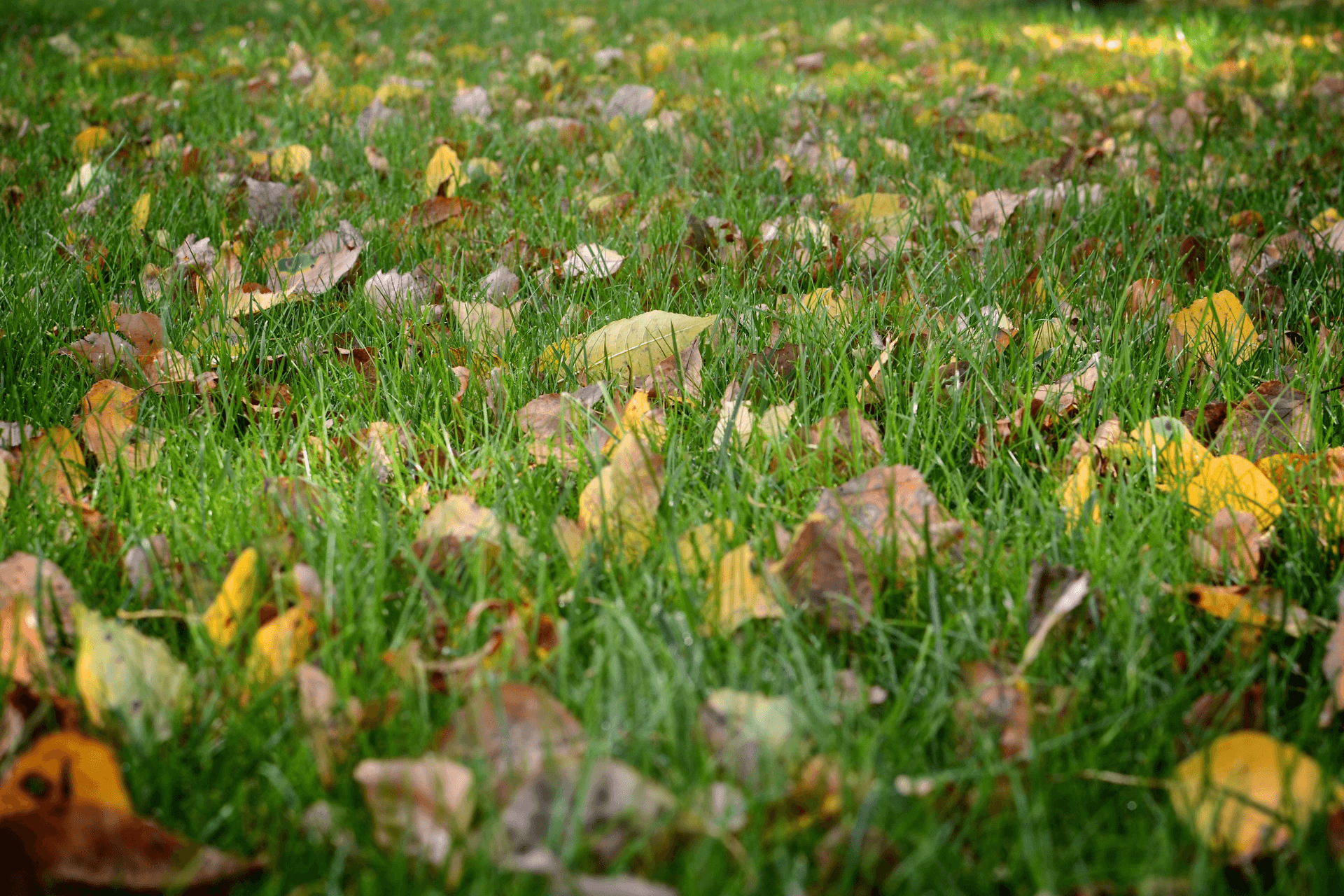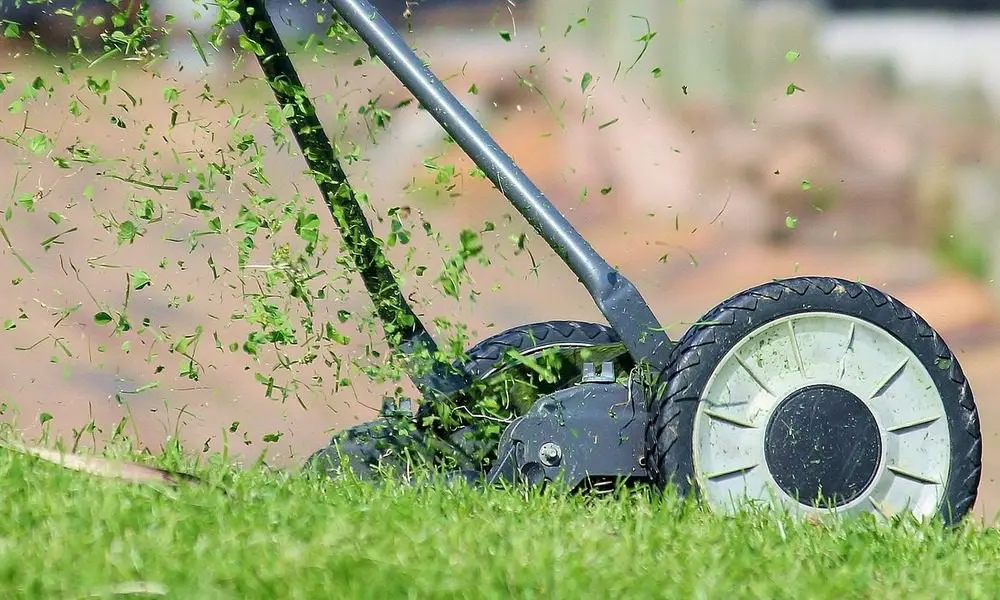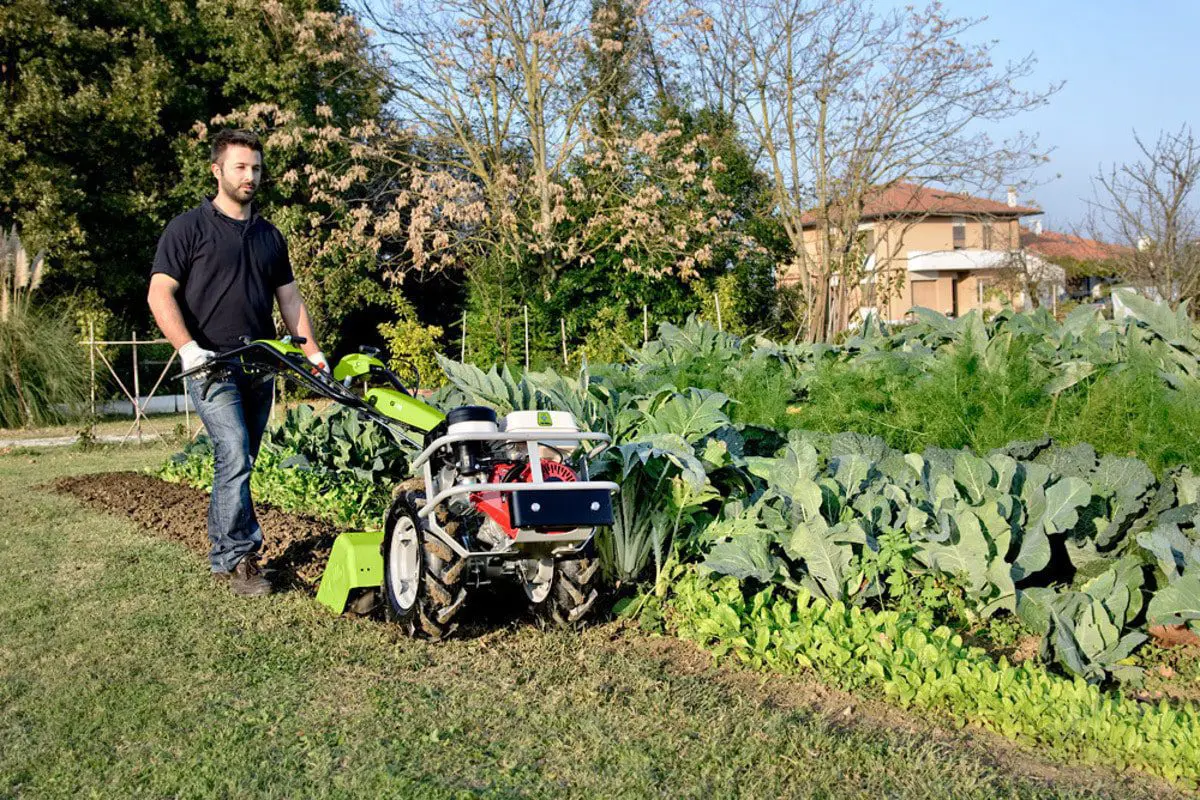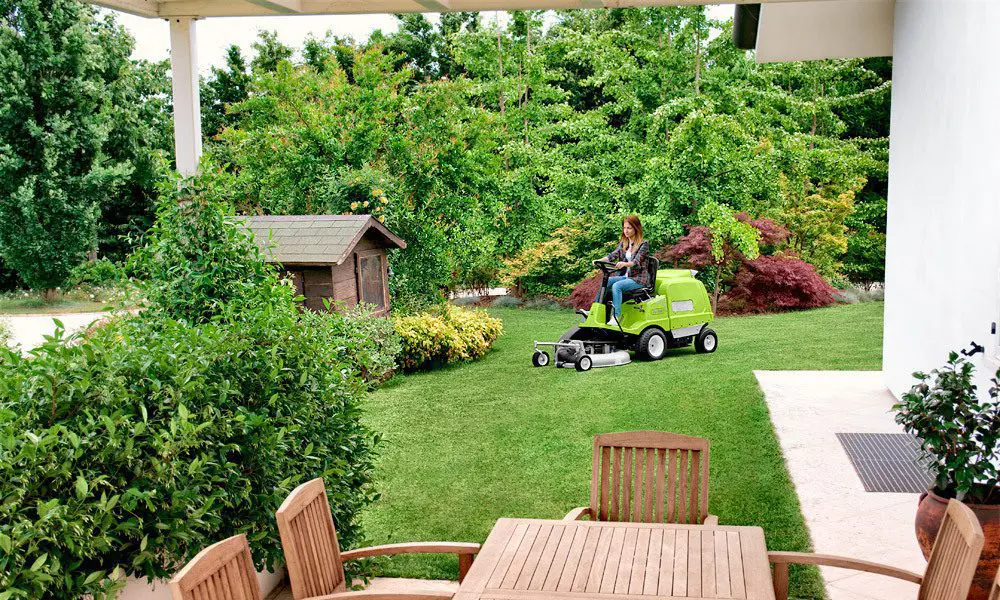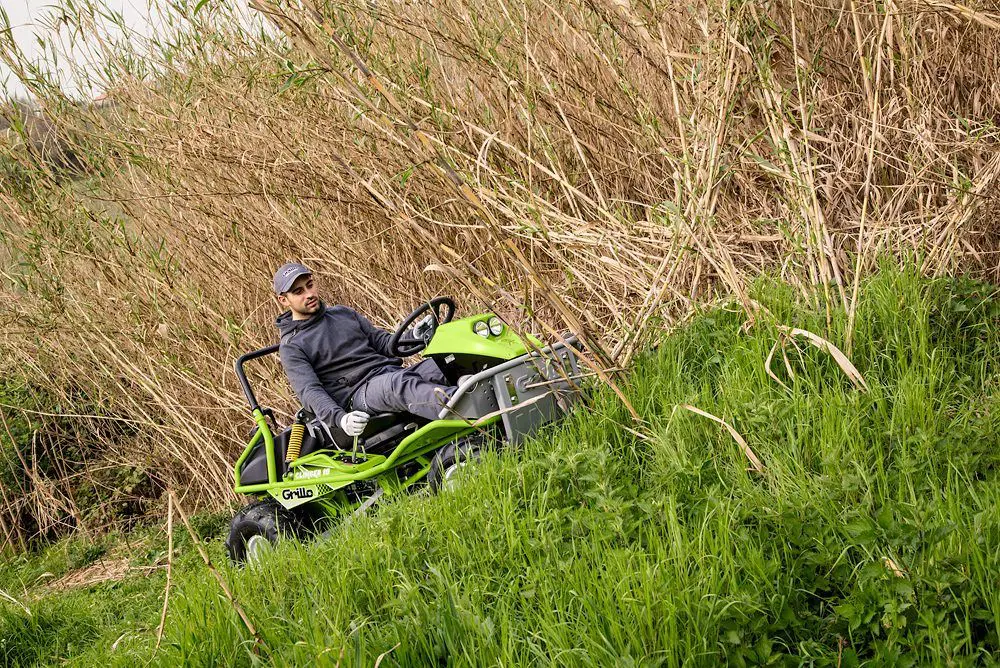Are you Spring ready?
Early autumn is the perfect time to prepare your lawn for the winter and to ensure it is ready to thrive in the spring. It’s time to seed, lay turf, feed and control weeds.
Here are some tips for what to do with your grass in autumn and winter to prepare for spring:
Let it grow
While the number of times that you are required to mow will start to reduce, it is important to not forget about the lawn completely. Mow regularly (with longer spaces in between) and raise your mower height to keep your lawn longer through the cold months. A longer leaf will help to ensure a thicker canopy to block out weeds and retain colour in winter. A grass height of around 40mm is ideal.
Check your tatch
Tatch is a dense spongy layer consisting of organic material such as roots, leaves, and stems below grass leaves and above the soil surface.
Poor drainage, compacted soil and unfavourable pH can contribute to thatch build-up. While a small amount of thatch is okay, more than 2cm creates the perfect environment for diseases and insect pests to thrive.
You can manually remove tatch excess (de-tatch) by simply raking out the dead material with a grass rake, de-thatcher rake, or mechanical scarifier. Plenty of products encourage tatch breakdown; make sure you check if the chosen product is compatible with your type of grass and environmentally friendly.
Rake it up
A build-up of fallen leaves can suffocate your lawn by preventing light and air from reaching the grass. So, rake the leaves regularly to keep your lawn healthy.
Aerate your lawn
Your lawns are likely compacted after a busy summer of barbecues, parties, general foot traffic, and the heavy rainfall some New Zealand areas have experienced this summer. So autumn will be the perfect time to aerate. Aeration will help improve the soil structure. Aerating involves creating small holes in the soil to allow nutrients, air, and water to penetrate deeper into the root zone.
Just feed it
Fertilising your well-established lawns in autumn helps to promote root growth and prepares the grass for the winter months. A well-fertilized lawn will be greener, thicker, and healthier.
Use a slow-release fertiliser that will give your lawn the necessary nutrients over an extended period. The nitrogen in these fertilisers is released by natural microbial action, so the grass will take only as much nutrition as it needs. Grass nutrition will also slow as temperatures drop and everything begins to slow down.
Control weeds
Controlling weeds in the autumn is essential, as they can compete with your grass for nutrients and water. Consider using a selective herbicide to kill weeds without harming your grass. Alternatively, manually remove weeds from your lawn.
Patch up
Autumn is also an excellent time to thicken your lawns and fix spots and patches by over-sowing.
The real shady
As warm summer days are replaced by cold and overcast, make sure to prune trees, bushes and anything else that might shade your grass from the sun. The lawn will need as much sunlight as it can soak up.
By taking these steps in the autumn, your lawn will be better prepared to handle the winter months and thrive in the spring.

